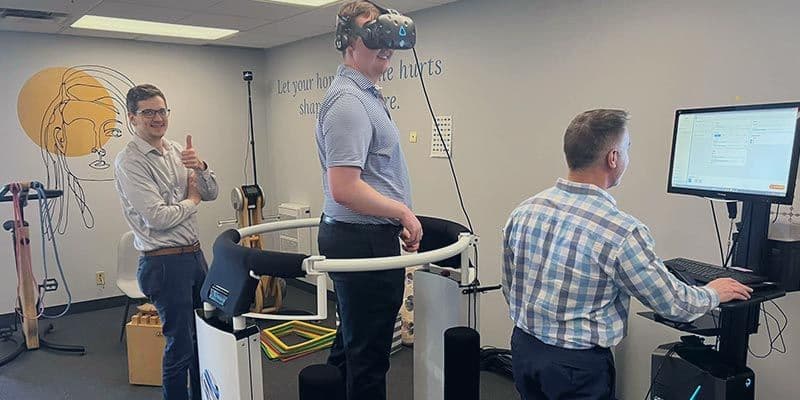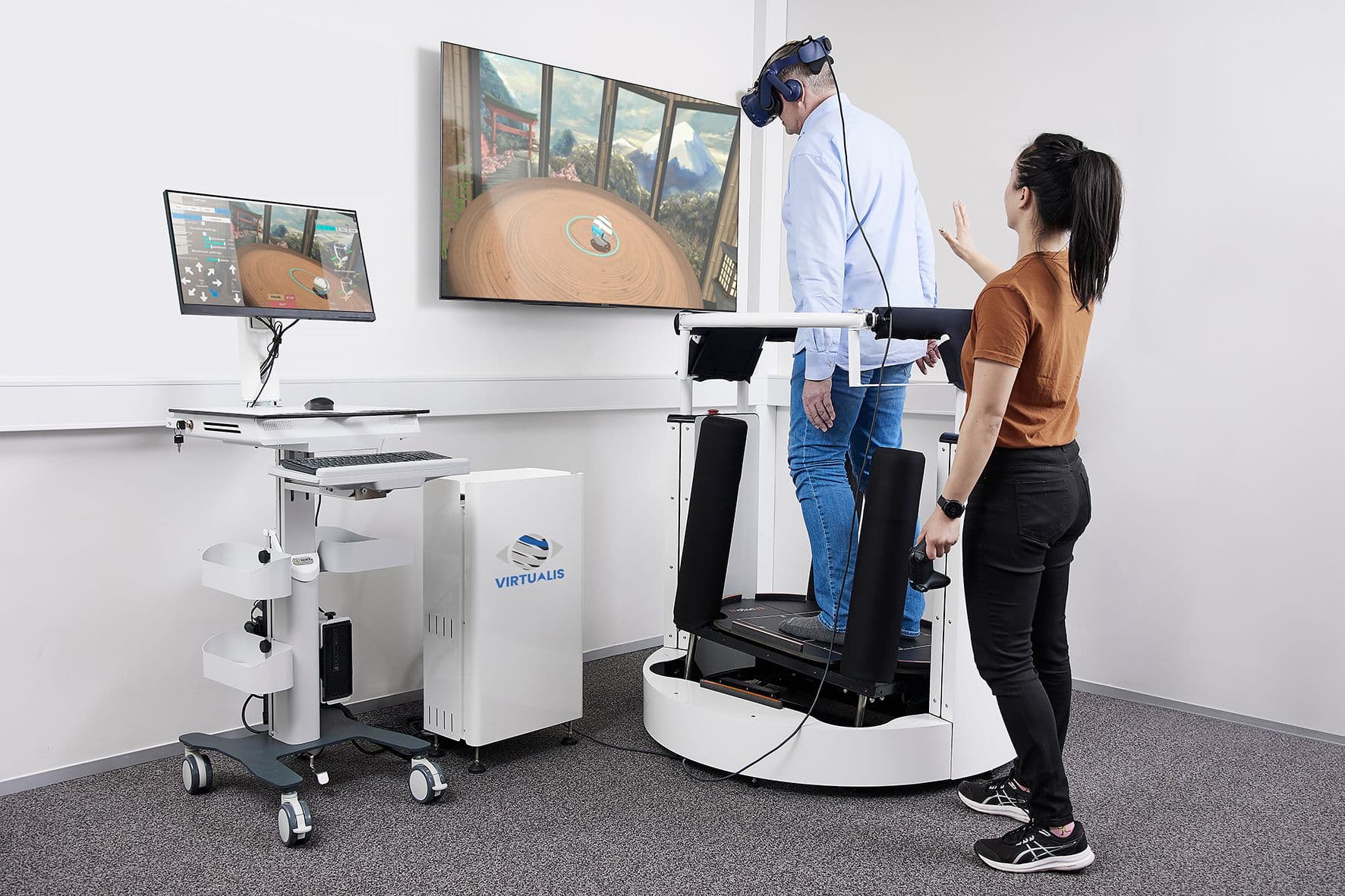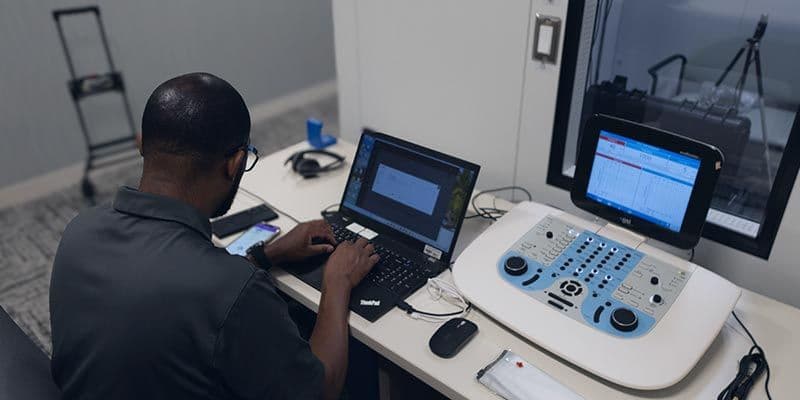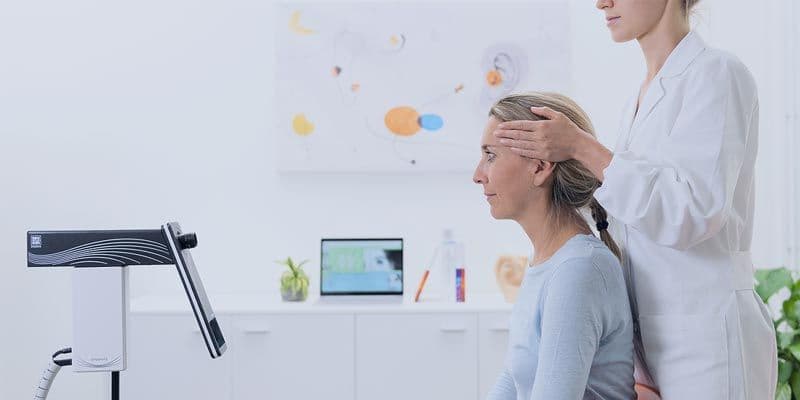Posturography: What You Need to Know

In this quick 2-minute read, you’ll learn:
- What posturography is
- What posturography tests for
- The difference between traditional posturography and Computerized Dynamic Posturography (CDP)
- Disorders commonly assessed and treated using posturography
- How posturography supports balance rehabilitation
- CPT codes used by physical therapists for posturography services in the United States
- The clinical value of posturography in diagnosing and treating balance disorders
What is Posturography?
Posturography is a clinical method to assess how well a person can maintain balance. It evaluates postural control by measuring the body’s response to various balance challenges. These challenges often involve a moving platform and changes in visual input, helping clinicians understand how the central nervous system integrates sensory inputs—visual, vestibular, and proprioceptive—to keep the body upright.
What Does Posturography Test For?
Posturography is designed to identify deficits in the systems that contribute to balance. It evaluates:
- Balance problems caused by sensory or motor deficits.
- Limits of stability, or how far a person can lean without falling.
- The ability to adapt to changing sensory conditions.
- The effectiveness of input to maintain postural control.
The most common protocol is the Sensory Organization Test (SOT), which manipulates sensory conditions (e.g., standing with eyes open or closed) to identify which system is impaired.
Posturography vs. Computerized Dynamic Posturography (CDP)
While traditional posturography may involve manual observation, Computerized Dynamic Posturography (CDP) uses advanced technology for precise, reproducible measurements. CDP systems include:
- A moving platform that shifts in response to the patient’s sway.
- A visual surround that can move independently.
- Software that analyzes sway patterns and compensatory strategies.
CDP provides detailed data that enhances both diagnosis and treatment planning.





